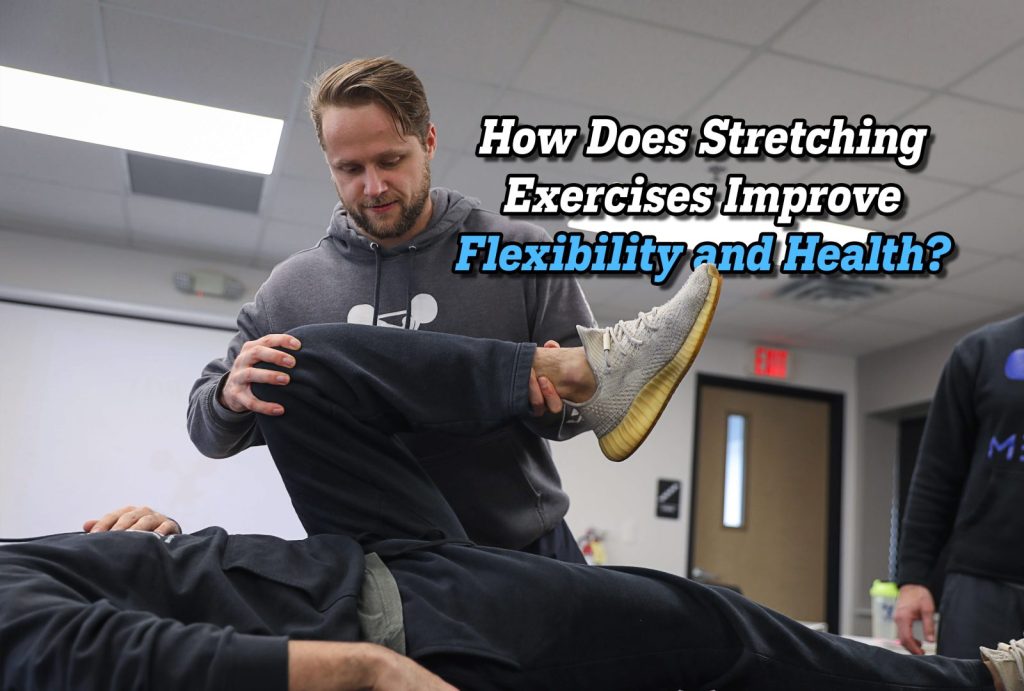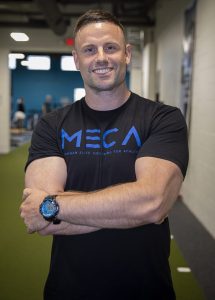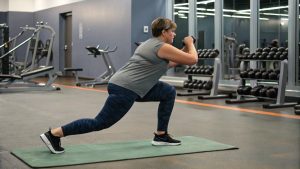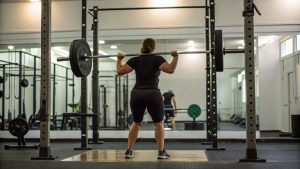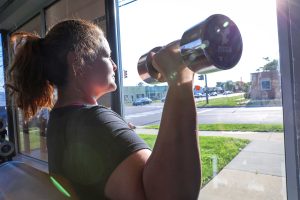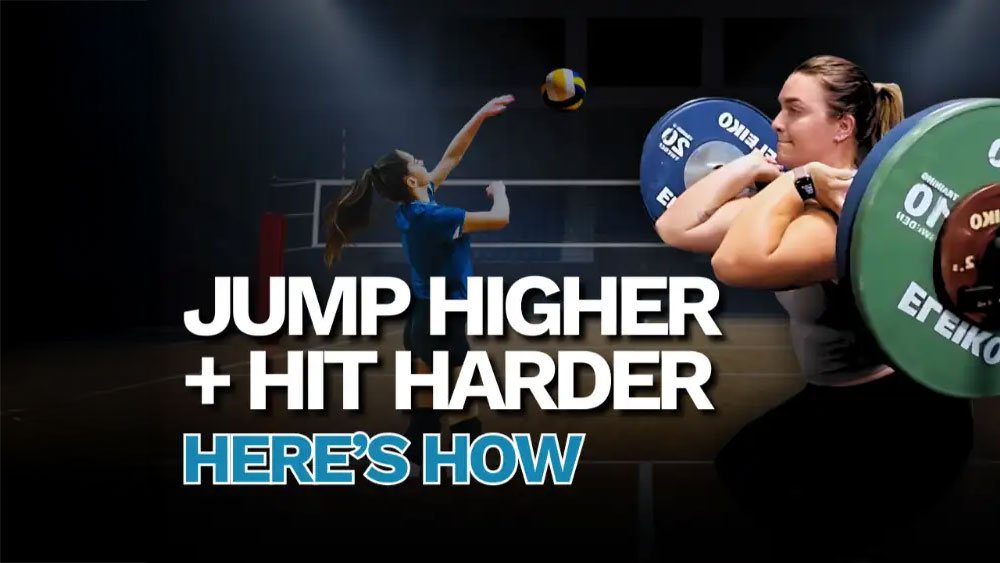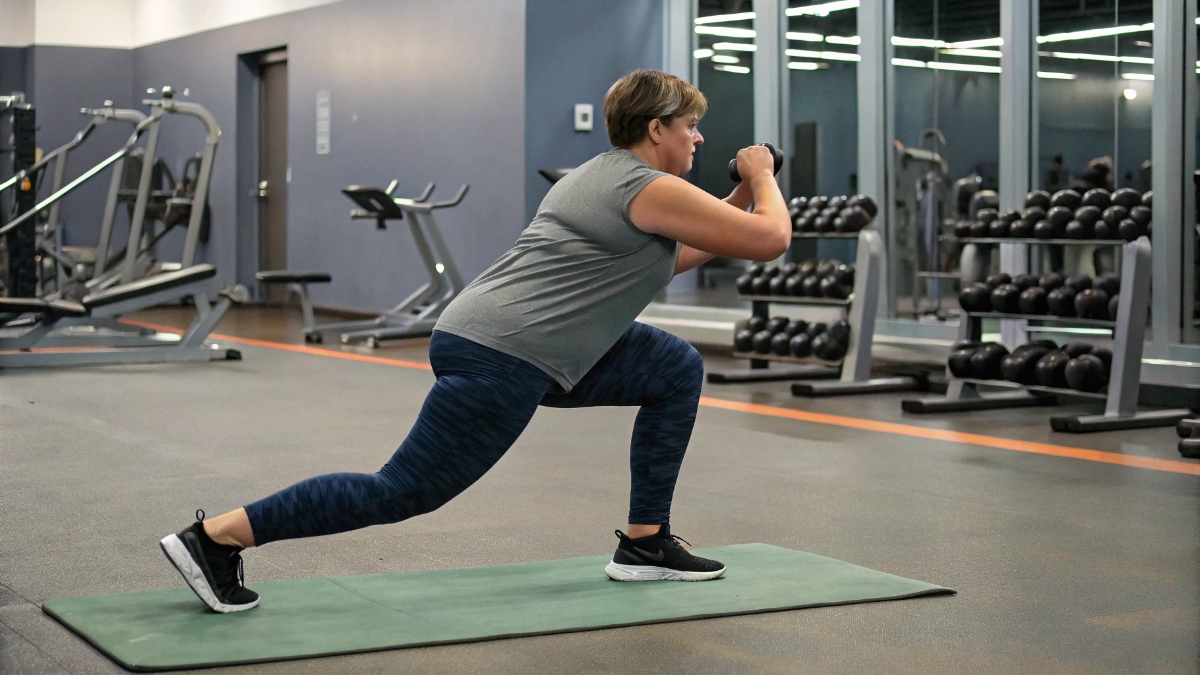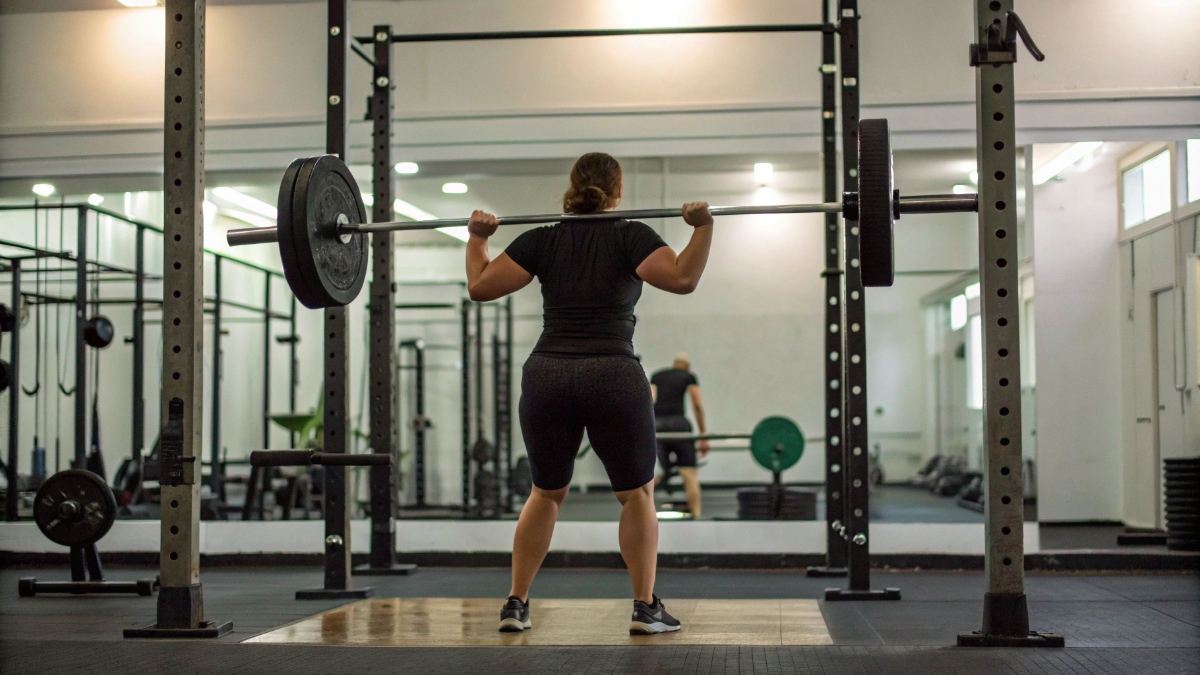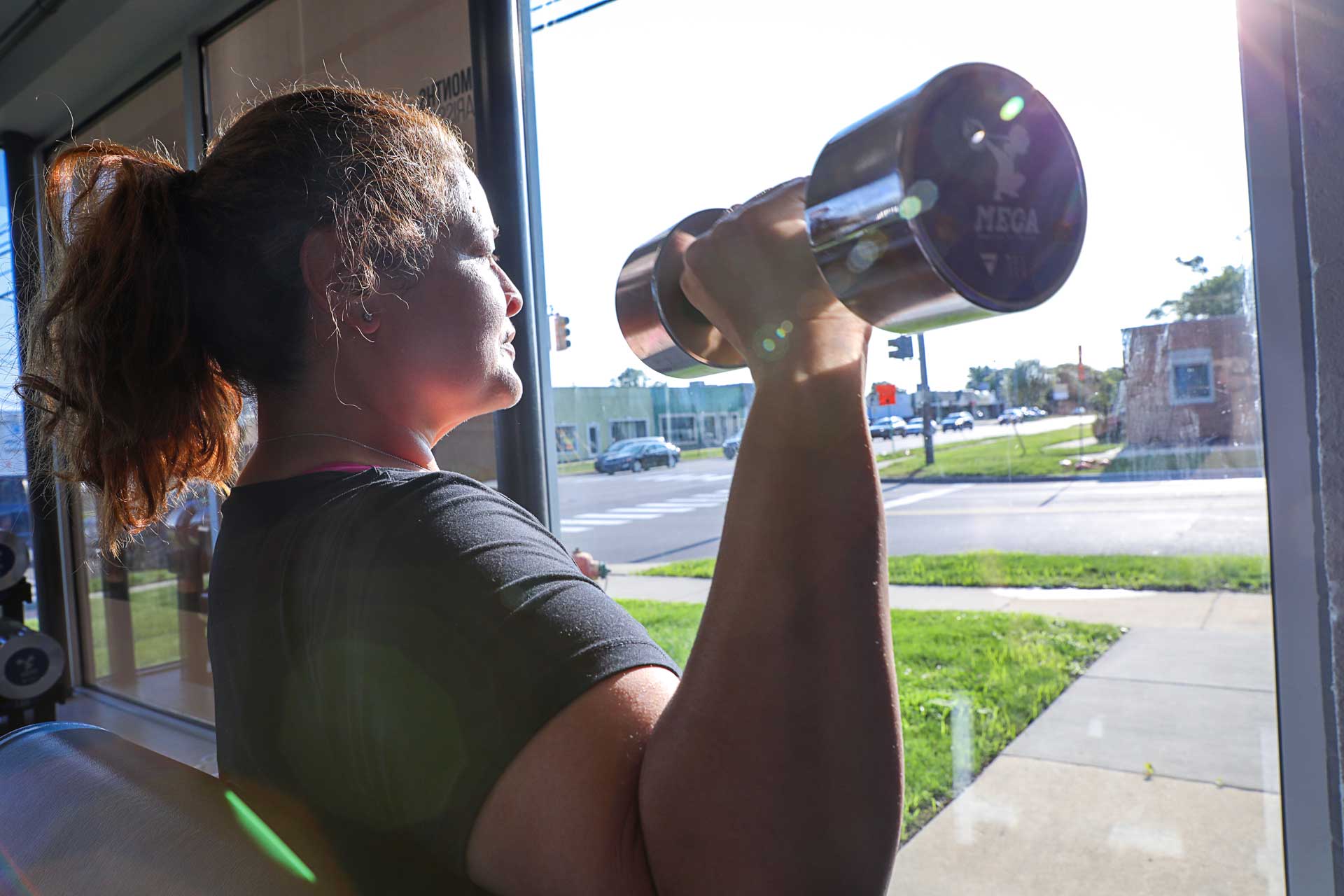If you’ve ever wondered whether stretching exercises really make a difference, the short answer is yes—when they’re done correctly and consistently. Stretching builds flexibility, expands your range of motion, and helps your body handle the physical (and mental) demands of daily life and sport. Below, we’ll explore the science of flexibility, the most effective techniques for beginners through advanced athletes, and practical ways to weave stretching into your day so it becomes a sustainable habit—one that supports performance, comfort, and overall well-being.
Science Behind Muscle Flexibility
Flexibility is your body’s ability to move a joint through its full, pain-free range of motion. While it’s tempting to think only muscles are involved, flexibility reflects a team effort between multiple systems:
- Muscles and tendons: These tissues are viscoelastic, meaning they have both elastic (spring-like) and viscous (time-dependent) properties. Gentle, sustained stretching temporarily increases muscle-tendon compliance and, over time, can encourage structural adaptations that support greater range.
- Connective tissue and fascia: The “wrapping” around muscles and the network that runs throughout the body can become restricted from underuse, repetitive strain, or injury. Gradual loading and lengthening help restore glide between layers.
- Nervous system: Stretch tolerance—the point at which your brain interprets a stretch as “too much”—is a major factor. Training your nervous system with controlled exposure, smooth breathing, and good technique helps it “allow” more range safely. Muscle spindles and Golgi tendon organs provide sensory feedback that influences muscle tone; strategic stretching can modulate these reflexes.
- Circulation and joint health: Stretching increases local blood flow and synovial fluid movement, supporting nutrient delivery and joint lubrication. This is part of why a mobility warm-up feels like it “wakes up” your body.
Flexibility isn’t a single attribute you either have or don’t. It’s specific to each joint and movement pattern. Someone can have exceptional hamstring length yet limited ankle dorsiflexion that affects squatting, running, or landing mechanics. Quality flexibility work targets the restrictions that matter most to your activities.
How Stretching Prevents Common Injuries
No routine can make you injury-proof, but smart stretching helps reduce common risks in several ways:
- More usable range of motion (ROM): When joints can move freely, your body distributes forces across a broader range rather than concentrating stress on one tight area. Think of a runner with limited hip extension; every stride forces extra motion into the lumbar spine or knee, increasing strain there. Improving hip ROM spreads the load more evenly.
- Better movement mechanics: Tight tissues can “pull” joints out of ideal alignment. When flexibility improves, your body can achieve neutral positions more consistently, which supports cleaner technique in lifts, jumps, and changes of direction.
- Enhanced muscle function: A muscle that’s chronically short or guarded can’t produce force efficiently through the range you need. Restoring length helps you use strength where it counts—especially at end ranges that are common breaking points.
- Lowered protective tension: After prior tweaks, the nervous system often maintains extra tone as a protective strategy. Gentle, progressive stretching with calm breathing can reduce unnecessary guarding, letting tissues share the workload again.
- Warm-up effects: Dynamic mobility work before training elevates tissue temperature, increases elasticity, and primes the nervous system for coordinated movement. This preps your body for loading without the “stiff first rep” feeling that invites compensation.
A quick note on nuance: long static holds immediately before maximal power or speed work can temporarily dampen peak output for some athletes. That doesn’t make static stretching “bad”—it’s simply best placed after training or in separate mobility sessions, while dynamic work leads the warm-up.
Essential Stretching Techniques for Every Level
There isn’t one “best” way to stretch. The right approach fits your body, goals, and the timing within your day or training session. Below are foundational methods—from beginner-friendly to advanced—plus how and when to use them.
- Dynamic stretching (mobility drills): Controlled, movement-based ranges that gradually increase amplitude (e.g., leg swings, hip circles, inchworms). Ideal for warm-ups, especially before running, lifting, or court/field play.
- Static stretching: Holding a position at mild-to-moderate intensity (roughly 3–4 out of 10) for 20–60 seconds, 2–4 rounds. Best after training or as a separate session to build long-term length and stretch tolerance.
- PNF (proprioceptive neuromuscular facilitation): Contract-relax methods (e.g., hold a hamstring stretch, lightly contract the hamstring 5–7 seconds, relax, and move deeper). Effective for stubborn restrictions; best done when warmed and with precise technique.
- Active mobility/isometric end-range training: Move into end range and lightly contract the muscle in that position (e.g., lift your leg within a hip flexor stretch). This strengthens control at new ranges, making gains more “sticky.”
- Eccentric mobility: Slowly lengthen a muscle under light load (e.g., slow eccentric calf raises off a step). Useful for tendinous areas that need load tolerance as well as length.
- Ballistic stretching: Bouncing at end range. This can help certain advanced athletes preparing for ballistic actions, but it’s not a starting point; it requires a base of control and tissue resilience.
Suggested protocols by experience level
Beginners (or returning after a layoff):
- Warm-up: 5–8 minutes of dynamic mobility (e.g., marching with knee hugs, world’s greatest stretch, arm circles, hip openers).
- Post-session: 2–3 static stretches for your tightest areas, 20–40 seconds each, 2–3 rounds. Keep intensity mild; focus on exhaling.
- Frequency: 3–5 days per week.
Intermediate movers:
- Warm-up: 8–12 minutes dynamic work emphasizing the joints you’ll load (ankles/hips for squats; T-spine/shoulders for presses).
- Post-session: Mix static holds with 1–2 PNF sets for stubborn zones (e.g., hamstrings, hip flexors).
- Accessory mobility: Add 2 short “micro-sessions” during the week (10–15 minutes) to build momentum.
Advanced/athletes:
- Warm-up: 10–15 minutes of progressive dynamic mobility and activation (glutes, core, scapular stabilizers) tailored to the session.
- Post-session or separate: Combine static, PNF, and end-range isometrics. Use eccentric mobility for tendinous hot spots (Achilles, patellar, adductors).
- Pre-competition: Keep stretching dynamic and specific; avoid deep static holds right before explosive performance.
Dynamic vs. Static Stretching Explained
Dynamic stretching moves you in and out of ranges with control. The goal is to rehearse positions you’re about to use, elevate tissue temperature, and prime coordination. Think: walking lunges with a twist, Cossack squats, leg swings, scapular wall slides, ankle rocks, and controlled articular rotations (CARs). You modulate depth and speed gradually, keeping reps smooth (8–12 per side).
Static stretching holds a position at end range to relax into length and improve stretch tolerance. Because it reduces neural drive a bit in the short term, it’s most effective after training or in stand-alone sessions. Breathe slowly through the nose; aim for a soft “melt” sensation rather than forcing extra inches. Typical dosing is 20–60 seconds per hold, 2–4 rounds. Over time, you’ll notice the same stretch feels easier or reaches farther with less resistance—signs of progress.
A practical approach: dynamic before you move, static after you’ve moved.
Integrating Stretching into Your Daily Routine
Even the best plan only works if you stick with it. The secret is designing a routine that fits your schedule, your body, and your goals. Here’s how to build one that lasts.
1) Start with a quick audit.
- Which moves feel limited? (Deep squat, overhead reach, looking over your shoulder, ankle bend on stairs.)
- When do you notice tightness? (Morning low-back stiffness, calves after runs, neck and traps after desk work.)
- What are your goals? (Reduce aches, improve posture, run faster, lift stronger, play with your kids without soreness, compete at a higher level.)
Tie your stretching plan to the movements and moments that matter most.
2) Use habit stacking.
- Morning: 5–10 minutes of gentle mobility as the coffee brews—ankle rocks, cat-camel, hip circles, thoracic rotations, diaphragmatic breathing.
- Workday: Every 60–90 minutes, 2–3 minutes of “reset” moves—pec doorway stretch, neck CARs, wrist/forearm openers, standing hip flexor stretch.
- Evening: Short static sequence to downshift—calf, hamstring, hip flexor, glute figure-4, child’s pose with breath.
3) Match your stretches to your training.
- Strength days: Dynamic hip/ankle/T-spine work in the warm-up; post-lift static holds for the areas you loaded.
- Speed or agility sessions: Emphasize dynamic hip openers, ankle stiffness drills, and foot/ankle mobilization; keep post-session static work brief.
- Endurance days: Dynamic warm-ups for hips, hamstrings, calves; post-run static calf/hamstring/hip flexor focus to restore length.
4) Respect dose and intensity.
- Mild discomfort is normal; sharp pain is not. Keep holds around a 3–4/10 intensity. If you can’t breathe calmly, you’re likely pushing too far.
- Begin with consistency over duration. Five minutes daily beats 30 minutes once a week.
5) Track progress you feel and see.
- Re-test a key move weekly: overhead reach to the wall, deep squat with heels down, single-leg toe touch, ankle dorsiflexion knee-to-wall test.
- Note subjective wins: less morning stiffness, smoother first set in the gym, easier stride on hills, fewer “pinchy” sensations.
6) Use simple tools when helpful.
- Straps or bands to access positions without straining.
- Blocks or pillows for support so you can relax.
- Foam rollers or balls to prep tissues before longer holds (think: quick calf or glute release, then a static stretch to “own” the new range).
7) Keep breathing front and center.
- Try a 4-second nasal inhale and 6-second exhale during static holds; the longer exhale helps downshift your nervous system, reduce guarding, and invite length.
Using Stretch Routines for Stress Relief
Your body doesn’t separate “tight from training” and “tight from tension.” Stress can elevate baseline muscle tone and restrict breathing patterns, both of which narrow your available range of motion. A short, well-designed stretching routine doubles as nervous system care:
- Set the scene: Dim the lights if possible, put your phone on silent, and pick 10 minutes you can protect.
- Start with breath: Lie on your back, one hand on your chest and one on your abdomen. Inhale through the nose, letting the lower hand rise first; exhale softly through the nose or pursed lips. Do 6–10 slow cycles.
- Sequence for unwinding:
- Child’s pose with side reaches (30–45 seconds each side).
- Open book thoracic rotation (6–8 slow reps per side).
- Hip flexor stretch with a gentle posterior pelvic tilt (30–60 seconds).
- Figure-4 glute stretch (30–60 seconds per side).
- Calf wall stretch (30–45 seconds).
- Neck side bend/rotation—very gentle (20–30 seconds per position).
- Finish with a longer exhale: 2–3 minutes of box breathing (inhale 4, hold 4, exhale 4, hold 4) or 4-7-8 breathing. Keep shoulders soft and jaw relaxed.
Most people notice they stand taller and move easier afterward—not only because tissue is more pliable but because the nervous system has moved toward a calmer state. Over weeks, this practice can become a reliable “reset” that improves sleep, mood regulation, and exercise readiness.
Sample Stretching Exercises You Can Start Today
Office reset (5 minutes):
- Doorway pec stretch, 30 seconds each arm
- Seated figure-4, 30 seconds each side
- Standing hip flexor stretch with glute squeeze, 30 seconds each
- Ankle rocks (knee to wall), 10 slow reps each side
- Neck CARs, 3 slow circles each direction
Runner’s maintenance (10–12 minutes):
- Leg swings front-to-back and side-to-side, 10 each
- Walking lunges with twist, 8–10 each side
- Calf wall stretch (straight and bent knee), 30–40 seconds each
- Hamstring strap stretch, 30–40 seconds each
- Hip flexor couch stretch, 30–40 seconds each
- Glute figure-4, 30–40 seconds each
Post-lift mobility (8–10 minutes):
- T-spine foam roll, 60–90 seconds
- Lats wall stretch, 30–40 seconds each side
- Adductor rock-backs, 8–10 slow reps
- Hip capsule stretch (90/90), 30–45 seconds per side
- Calf/ankle stretch on a step, 30–40 seconds per side
Advanced hips & hamstrings (15 minutes):
- Dynamic hamstring sweep, 8–10 each side
- Cossack squat (assisted as needed), 6–8 each side
- PNF hamstring: 30-sec hold → 7-sec light contract → 15-sec deeper hold, 2 rounds
- End-range hip flexor isometric: sink into stretch, then 5 gentle 5-second contractions pulling the back knee down
- Eccentric calf raises off a step: 2–3 sets of 6 slow eccentrics
Safety Tips and Common Mistakes
- Never force end range. Discomfort is okay; pain is not. If you feel sharpness, tingling, or joint pain, ease out and adjust.
- Mind the order: Dynamic before activity, static after. Save deep holds for cool-downs or separate sessions.
- Balance both sides and opposing muscle groups. If you stretch hamstrings, also give attention to hip flexors; if you open the chest, address the upper back.
- Be patient with neural tension. If you feel nerve-type symptoms (burning, zinging), back off and use more gentle mobility rather than long holds.
- Warm tissues first. A brief walk, light cardio, or a warm shower makes static work more comfortable and effective.
- Individual differences are real. Hypermobile folks often need more control at end range rather than more passive stretching. If your joints feel unstable, prioritize end-range strength, not just length.
- When in doubt, get expert eyes. Especially after injuries or surgeries, a qualified coach can tailor intensity, angles, and dosing to your body.
Frequently Asked Questions
How long until I notice results?
Many people feel looser after a single session because of neural effects. Structural changes take longer—think weeks to months—so consistency beats intensity. Aim for small daily wins.
What if I don’t have time?
Two to five minutes placed at key moments (post-run, after your lift, during a break at work) compound quickly. Mobility “snacks” are incredibly effective.
Will stretching alone fix my posture?
Stretching helps, but posture is dynamic. Combine lengthening tight tissues (like hip flexors and pecs) with strengthening underused ones (glutes, mid-back) for lasting change.
Is yoga the same as stretching?
Yoga includes stretching but also layers on breath, balance, and mindful awareness. Many people enjoy yoga as a structured way to accumulate flexibility work; others prefer targeted routines. Both can be great.
Putting It All Together
Think of stretching as a skill: practiced regularly, it reshapes how your body feels and performs. Done haphazardly, it’s easy to overdo one area, skip another, or stretch at the wrong time for your goals. The most effective plans:
- Use dynamic mobility to prepare your body to move.
- Apply static and PNF work to cement long-term gains after training.
- Include end-range strength so new flexibility translates into control and resilience.
- Fit your life rhythm, not the other way around.
When you match the method to the moment—and stay consistent—you’ll notice that daily tasks feel lighter, training feels smoother, and recovery comes easier. That’s true whether you’re a competitive athlete, a recreational runner, a dedicated lifter, or simply someone who wants to move without nagging tightness.
Ready for Expert Guidance? Train with MECA.
If you’d like a personalized plan that targets your exact restrictions and goals, the team at Michigan Elite Conditioning for Athletes (MECA) is here to help. Founded in 2011 by strength and conditioning coach David Lawrence, MECA’s mission is simple and powerful: to elevate the level of health and sports performance in Michigan by providing superior training and coaching.
At MECA, you’ll work with caring, knowledgeable coaches who assess how you move, identify what’s holding you back, and build a smart, progressive program that blends mobility, strength, and recovery—so you feel better now and perform better long term. Whether you’re returning from an injury, chasing a PR, or just want to feel great in your body again, MECA meets you where you are and helps you move forward.
Take the next step today: contact us to learn more, schedule a consultation, and start building a flexibility routine that supports your health, your sport, and your life.
Cheat Sheet guide on stretching Link to MECA Stretch Guide
P.S. If you know an athlete or a parent of an athlete who you think could benefit from
this article please feel free to forward it to them and share it!
P.S.S If you want to book an Assessment link here – contact form

